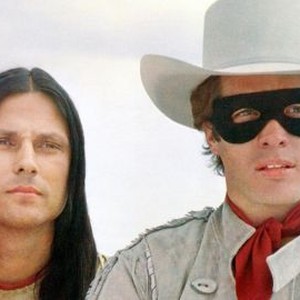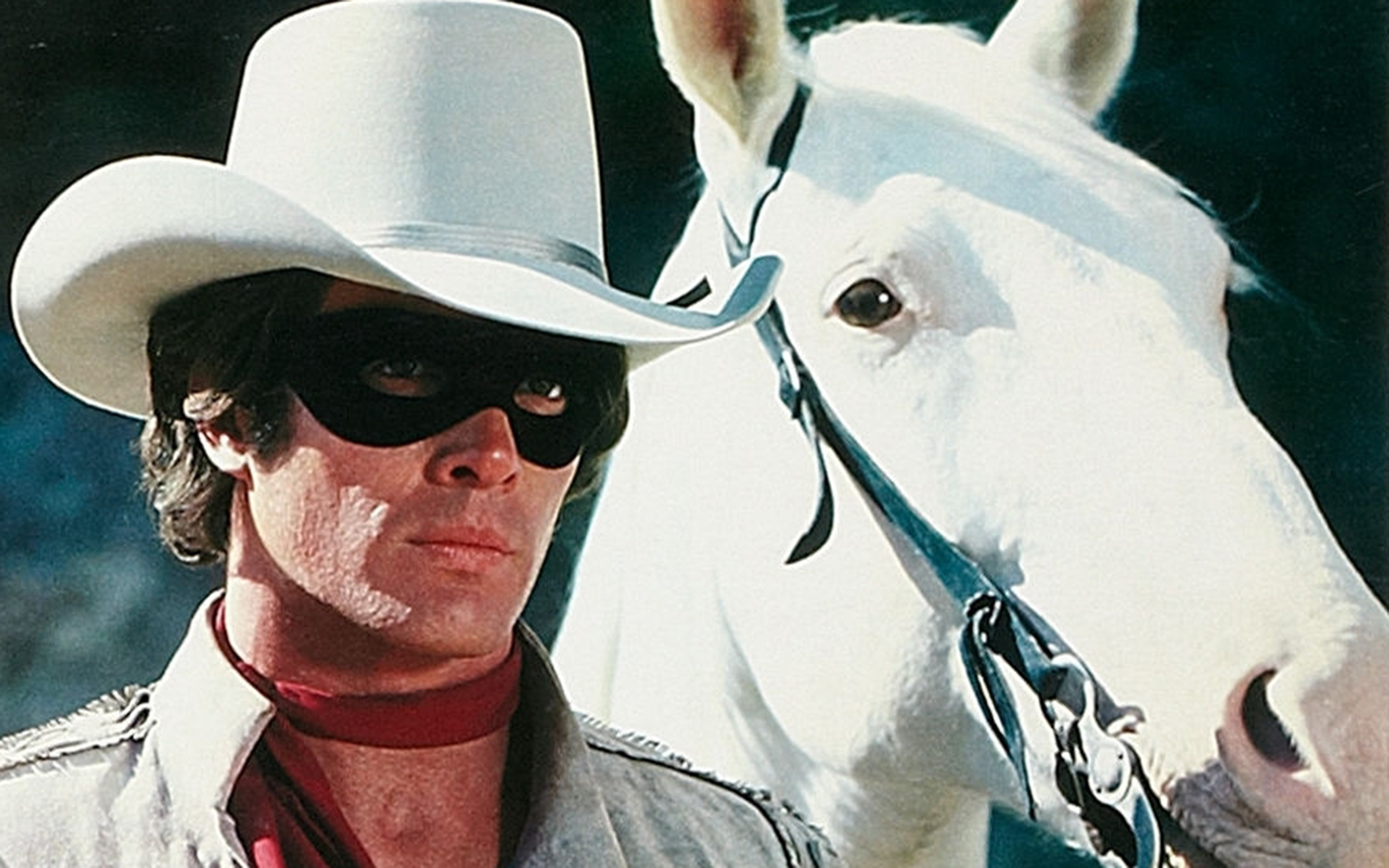

- #The legend of the lone ranger 1981 movie
- #The legend of the lone ranger 1981 code
- #The legend of the lone ranger 1981 series
It takes thirty-eight long minutes just to get to the ranger massacre in the gully.
#The legend of the lone ranger 1981 movie
This is an action movie that moves at a snail's pace.

The Legend of the Lone Ranger's second, and perhaps most catastrophic failing is that it is dull beyond conventional forms of measurement. I just don't see how silver bullets make a person's aim more true, even if, according to Tonto, "silver is pure." Silver bullets aren't magic in and of themselves (though I guess they can kill werewolves.). In most incarnations of the Lone Ranger, Reid is a talented marksman and ranger before the events that change his life. It also establishes that he is a terrible shot, one whose skill is miraculously improved only when Tonto gives him silver bullets. For instance, this film transforms heroic John Reid into a rookie attorney (!) not an experienced ranger, when he is involved in the massacre. I'd also state that The Legend of the Lone Ranger doesn't know its audience because it makes several basic mistakes in franchise information and background. It seems antithetical to what the Lone Ranger is all about. It's a mistake, I submit, given the history of the franchise, to revel in bloody demises like those depicted here.
#The legend of the lone ranger 1981 code
The Lone Ranger himself never killed his enemies and furthermore lived by a code of justice that he applied to all: criminals and honest citizens alike. I'm no prude, but the Lone Ranger in the past was a franchise that didn't exploit graphic violence. Later, the film doesn't cut away when two bandits are executed by Cavendish, and we see the bloody impact wounds blossom on their chests. Reid (John's mother) dragged behind a horse by bandits, and then shot and killed at point-blank range. Secondly, this is a film that, in the first few minutes, depicts innocent Mrs.

Reid's "blood brother" is Tonto, and at this early age, Reid decides irrevocably to follow "the trail of justice." Soon, however, he is removed from his Indian life by his older brother, Dan, a ranger who sends John back East to become an attorney. In the Old West (Texas, 1854), young John Reid sees his parents brutally murdered by bandits and is taken in by friendly Indians to live as one of the natives. But before I get to each particular failure, a brief re-cap is in order: The Legend of the Lone Ranger tells the story of the "man behind the mask" (as per the ballad of the Lone Ranger, performed by Merle Haggard). The Legend of the Lone Ranger is just plodding.Īctually, The Legend of the Lone Ranger fails on three distinct fronts. At least Tarzan: The Ape Man has Bo Derek starring (and disrobing.) in it, and boasts a high-degree of camp value. In fact, I was unpleasantly reminded of Tarzan: The Ape Man another 1981 film which failed to do justice to an iconic hero. I watched The Legend of the Lone Ranger again last week, for the first time in years, and was shocked anew at just how bad this film is. īut with The Legend of The Lone Ranger (1981), a notorious box office bomb, something went wrong.
#The legend of the lone ranger 1981 series
"Most importantly, the Lone Ranger never shot to kill.ĭespite my love for the 1950s Lone Ranger TV series (and I even owned a complete set of Gabriel's 1973 10-inch Lone Ranger figures.), I would have certainly welcomed, by 1981, a modern take on the classic material just as I had welcomed with open arms the updated Superman: The Movie (1978). Not only did he speak beautifully (never indulging in slang or jargon), but he believed that " all men are created equal and that everyone has within himself the power to make this a better world. Anyway, Clayton Moore portrayed the heroic Lone Ranger in the 1950s series (along with John Hart, for two years), and I admired the Lone Ranger as a child (and now, as a man) because of his moral creed.


 0 kommentar(er)
0 kommentar(er)
